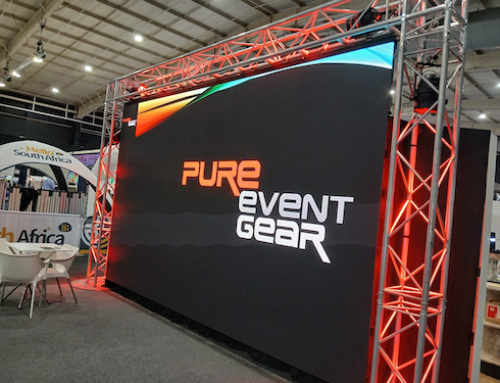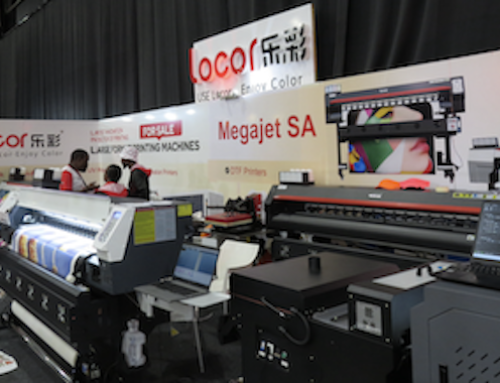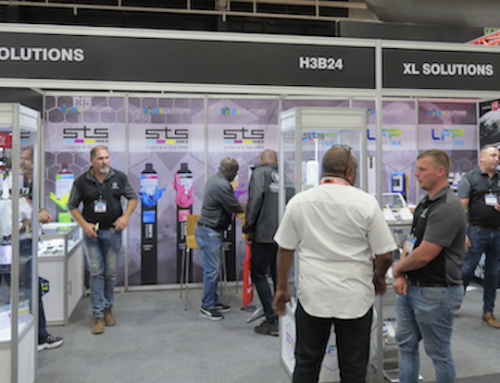The media that Drytac manufactures is part of a larger solution – before any graphics application can be delivered, it needs to be printed and finished. In Drytac’s latest blog series, Lily Hunter, Roland DGA Product Manager, textiles, e-commerce and supplies, explains why understanding how print media and ink technology work together is key.
I have spoken to a variety of people at trade shows, and even friends, who are interested in learning more about digital printing. Whenever I do so, I break it down to the types of inks and what they are used for. This helps match the application to the best print technology. For Roland DGA printers, here is a quick breakdown of ink characteristics.
Eco-solvent
Mild solvent is the carrier liquid for the pigments. During the printing process, the solvent ‘bites’ into the media and deposits the ink pigments. The heat from the printer platen evaporates the solvent, leaving the output vibrant and dry. These are extremely versatile inks that can be printed onto a variety of media like decals, posters, signage, canvas and heat transfer paper, allowing for many different types of applications.
UV
Again, mild solvent is the carrier liquid for the pigments. The UV inks lie on the surface of the media or blank, before a UV lamp goes over the printed area to cure or dry the inks. You are able to build up the ink layer and create a variety of textures on either rolled material or flat material. The output is dry and can have a glossy, satin or matte finish, depending upon the UV lamp and curing process. This printing technology is good for signage, promotional products and even fine art.
Dye sublimation
Water is the carrier liquid for dyes in this process. You print onto a transfer paper, with the output looking dull and unimpressive at this stage. Sublimation takes place at the heat press, where the inks are transferred from the paper onto a polyester fabric or polyester-coated rigid substrate. At 204°C, the solid inks from the paper turn into gas and penetrate the polyester – this is when the colours bloom and become vibrant. Dye sublimation is ideal for textiles such as apparel or soft signage, but it is also used for promotional items, décor and metal photo panels.
Pigment
This type of ink, where water is the carrier liquid for the pigments, is used in Roland DGA’s compact direct-to-garment (DTG) printer, the VersaSTUDIO BT-12. Just like with UV, the inks lie on top of the surface of the fabric – typically cotton-based products. Colours are vibrant, but the inks still need to be cured, which is done on the heat press. Unlike dye sublimation, the inks do not penetrate the fibres, but are cured on the surface.
DRYTAC
https://www.drytac.com








